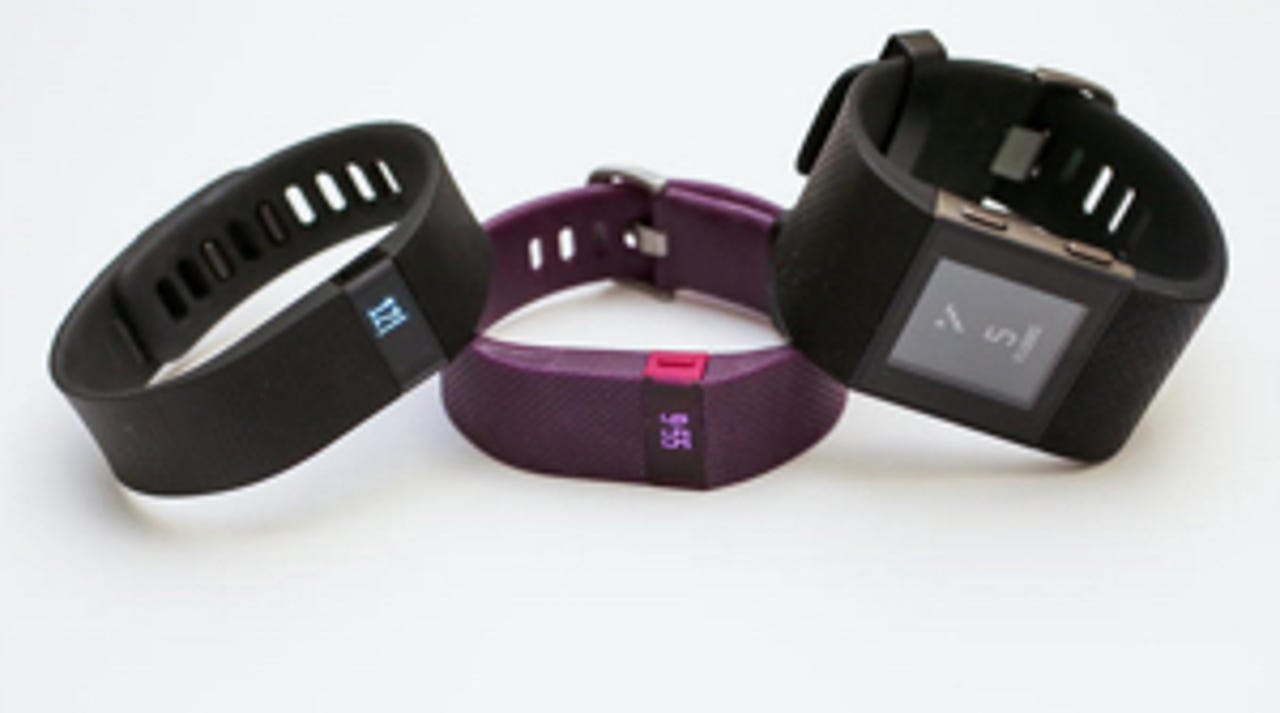Microsoft Research: Making the wearable battery last longer by lightening its load


The folks at Microsoft Research working on WearDrive are looking at ways to extend the battery life of wearables, and thus reduce how often they need to be charged. This research has been fruitful, having developed a clever way to make the battery last longer.
WearDrive accomplishes this by reducing the things the wearable is doing in the background all the time. This is achieved by offloading the many background functions to a smartphone when it detects the presence of one. The fitness band or other wearable works normally until it detects the presence of a smartphone nearby, and then over Wi-Fi or Bluetooth it uses the phone to do as much of this activity as possible.
This unique approach has the advantage of allowing the wearable to work normally without the wearer needing a phone. Those who go out for a run can leave the smartphone behind and still get all the benefits of the fitness band. Once back in proximity of the smartphone the wearable offloads functions to it to save battery.
The researchers at Microsoft claim that in tests with an Android phone and a wearable, WearDrive had little impact on the large phone battery while tripling the life of the band's battery. This reduces the need to charge the band quite so often.
WearDrive is not implemented in the current model of the Microsoft Band and the company said it's open to use it but has no current plans to do so.
Source: Microsoft ResearchFeatured